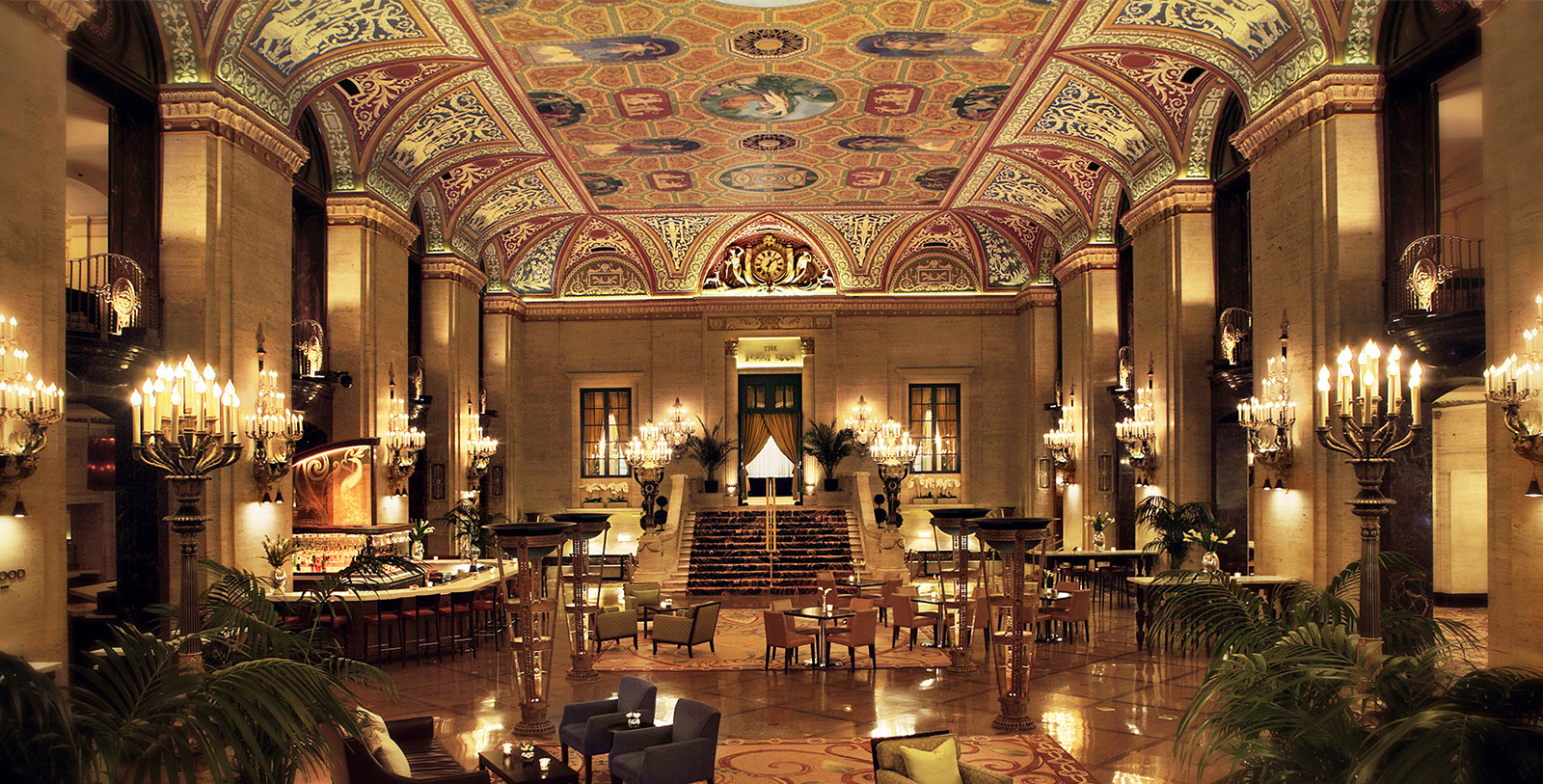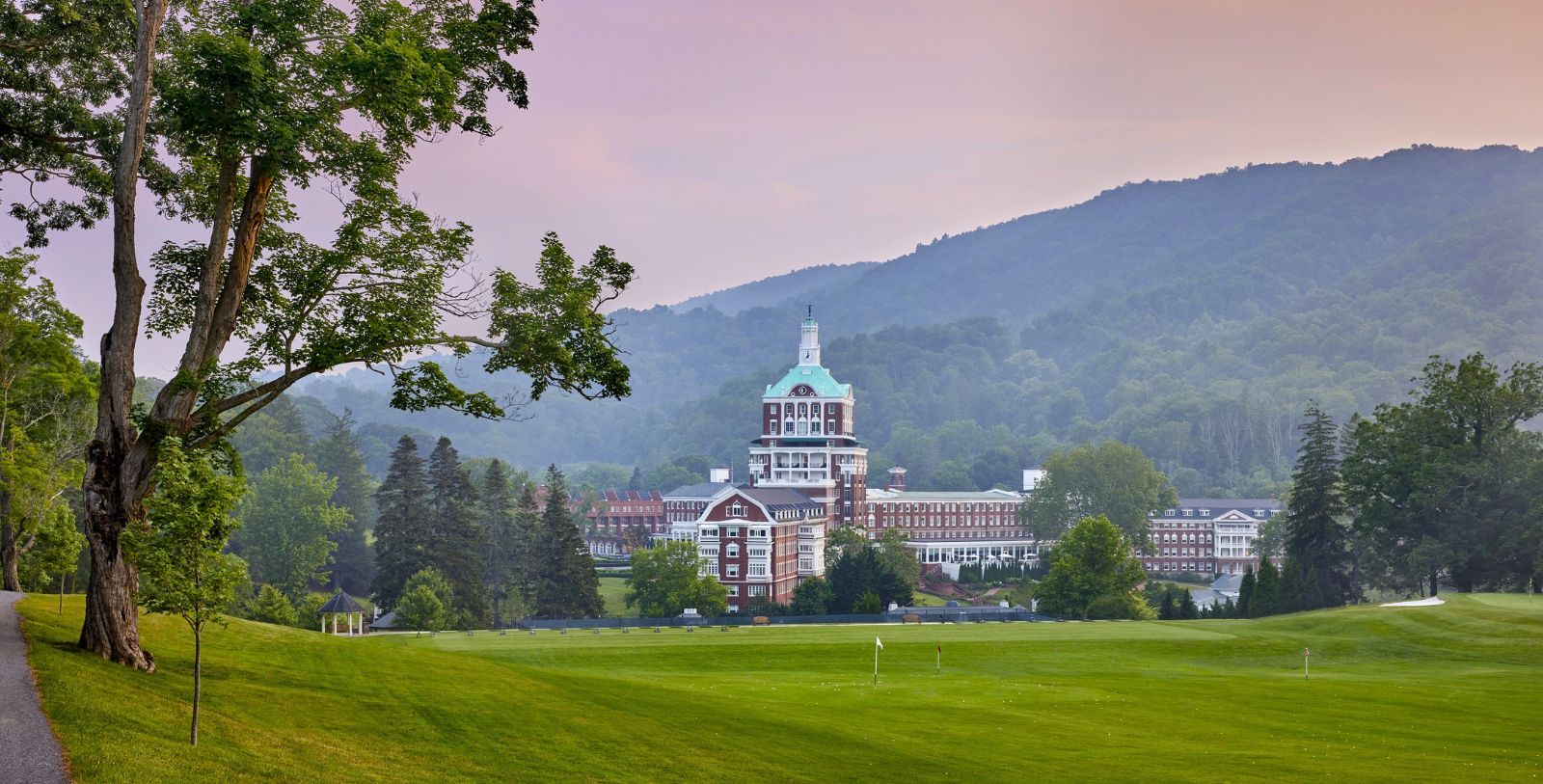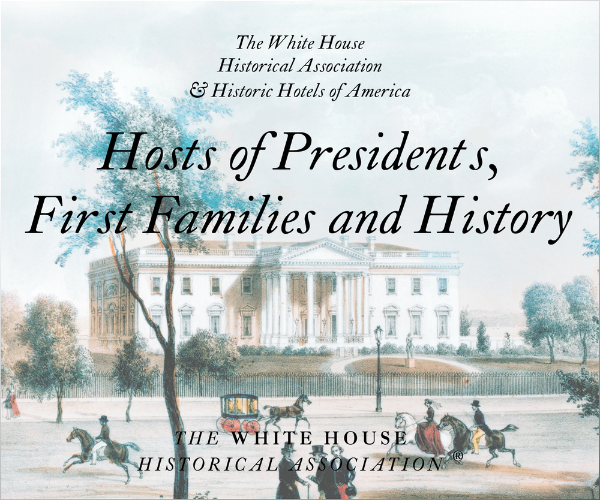In 1867, Alfred Smiley, a retired co-principal of the Friends School in Providence —today's Moses Brown School — was on an outing from the farm where he had retired in Poughkeepsie, New York. He happened upon a dilapidated tavern in the Hudson River Valley, 90 miles north of New York City. It was set above a mile-long lake in the Shawangunk Mountain Range. Below it were farms; around it woods.
Today, at the site he discovered in New Paltz, sits the spacious Mohonk Mountain House resort overlooking the lake whose name it bears. Its centerpiece is a chateau-like Victorian structure of 260 rooms that has been honored as a National Historic Landmark and a Historic Hotel of America. (There is also a luxurious new six-room guest lodge for wedding parties and retreats.)
Around these lodgings are 8,000 acres of woods and fields, walking and riding trails, and gardens. For winter visitors, there is indoor ice skating and cross-country ski trails if there is sufficient natural snow. In warm weather, there is swimming, boating and fishing in the lake. The Nature Conservancy has called Mohonk one of the world's "last great places."
Had Alfred Smiley, stunned by the beauty of the area, not telegraphed his twin brother, Albert, still in Providence, and told him he must come to see what he had found, the Mohonk Mountain House would not exist.
At first, Albert had replied that, with his brother retired as co-principal of the Friends School, he could barely keep up with the 200 students and 18 teachers of whom he was in charge. But Alfred persisted. Albert and his wife had recently lost a child, and they needed a new life in a new place, Alfred felt.
The Smiley brothers had grown up in the beauty of rural Maine and were both lovers of the outdoors. Finally, Albert came on a quick visit. Like his twin, he was entranced. Before he returned to Providence, he asked Alfred to try to talk the tavern's owner into lowering his price of $40,000 for the tavern, the 300 acres of land around it, and the lake. Albert said he would use his savings, borrow more and stay on in Providence as school principal until he had enough for the property. The tavern owner agreed to a lower price.
For a delighted Albert, the property was supposed to be a getaway. Instead, however, the Providence Quaker educators turned the upstate New York tavern and its surroundings into not only a summer retreat, but a profitable business. Of course, it happened gradually.
In 1870, the tavern was enlarged to accommodate 40 guests. Porches were added; new roads and paths constructed. Some of the surrounding forest was cut down to bring in more light. The paddle-wheeler that had belonged to the tavern's owner was purchased so that guests could go boating on the lake.
For the first few years, the paying guests were mainly friends of the Smileys, but soon there were other guests. Hudson River School artists came to paint the Mohonk landscape. Then the hotel became the site of conferences. The first was on rights for Native Americans, a longtime a Quaker cause. John D. Rockefeller was among those in attendance. Next was an International Arbitration Conference, sometimes credited with being the birthplace of the Carnegie Endowment for International Peace. A conference on African Americans was attended by Booker T. Washington, and later, there were meetings of foreign students sharing their stories of life as visitors to the United States.
Although Albert and Alfred had taken over a tavern, as Quakers they had declined to serve any alcohol to their guests. Neither did they allow card-playing or dancing, and they refused to have a race track. Instead, they lured vacationers to Mohonk for intellectual pursuits, such as the conferences, but, above all, to enjoy the surroundings they so loved. Guests were urged to go on nature walks, boat rides and horseback rides, or to swim and fish in the lake. In 1897, a golf course was opened at Mohonk, one of the earliest in the United States. In time, tennis courts were added, along with an indoor skating rink in 2001.
Both a rose garden and a pleasant garden ramble invite flower lovers in the warmer months, and there is also a greenhouse. For museum buffs, there is a small barn museum that gives insight into the resort's simple past. For those who enjoy scenic views, the remarkable Albert K. Smiley Sky Top Tower soars, with its summit affording glimpses of six states: New York, New Jersey, Pennsylvania, Massachusetts, Connecticut and Vermont.
The first of these towers was constructed in 1870, at the best viewing spot on Mohonk property. Built of wood tied to tree trunks, it blew down in a windstorm after just one month. The second tower also blew down. The third, however, remained a popular overlook for 31 years, until it was destroyed by a fire. The present tower was built in 1923 of quartz conglomerate quarried on the property.
As for drinking, Mohonk remained alcohol-free until the resort received a liquor license in 1970, allowing alcohol to be served in the dining room. (In earlier days, "drinkers" would put notes and money in the shoes they left outside their doors to be polished. The notes would ask the polishers to visit an in-town café and buy small bottles of liquor that could be tucked into the polished shoes. Guests sometimes came with their own mini-bars in their suitcases.) It was not until 2005, however, that the fifth generation of Smileys, who had inherited the Mountain House, decided it was time for a bar.
There is an enormous dining room in the chateau, as well as an outdoor barbecue area. Mohonk's spa, opened in 2003, was called the number-six spa in the world by Travel and Leisure Magazine, and Conde Nast Traveler has dubbed it the finest resort spa in the nation. There are, among other spa attractions, outdoor mineral pools spurting jets of warm water.
Over the years, the Mohonk Mountain House has served as a getaway for five presidents of the United States — Theodore Roosevelt, William Howard Taft, Chester Arthur, Rutherford B. Hayes and Bill Clinton, and for former United Nations Secretary-General U Thant.
Discover the history of Mohonk Mountain House and book your stay!
Read the full article from The Providence Journal here.
About Historic Hotels of America®
Historic Hotels of America is the official program of the National Trust for Historic Preservation for recognizing and celebrating the finest Historic Hotels. Historic Hotels of America has more than 300 historic hotels. These historic hotels have all faithfully maintained their authenticity, sense of place, and architectural integrity in the United States of America, including 44 states, the District of Columbia, the U.S. Virgin Islands, and Puerto Rico. Historic Hotels of America is comprised of mostly independently owned and operated historic hotels. More than 30 of the world’s finest hospitality brands, chains, and collections are represented in Historic Hotels of America. To be nominated and selected for membership into this prestigious program, a hotel must be at least 50 years old; has been designated by the U.S. Secretary of the Interior as a National Historic Landmark or listed in or eligible for listing in the National Register of Historic Places; and recognized as having historic significance.
































